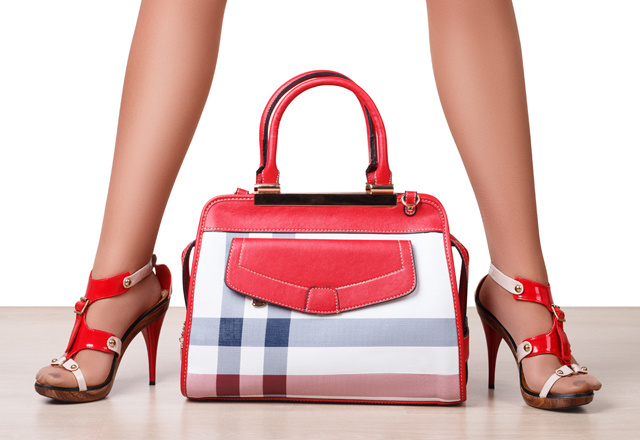
The rise of subscription e-commerce

Shoppers want personalized experiences that are convenient and easy. Subscription commerce fulfills that need.
Of course, for retailers, that one, seemingly simple desire can be filled in a multitude of ways, which can sometimes be at odds with each other.
For example, a personal shopping experience may mean going to a neighborhood store, being greeted by name and engaging with an associate who knows your shopping history by heart.
It can also mean logging onto a favorite online store, also being greeted by name, but then interacting with a recommendation engine and having a package shipped directly to you.
When customers want certain items on a regular basis, subscription commerce is bridging the gap, letting customers feel a personal connection without having to expend the effort of a physical visit or performing endless online searches.
With subscription commerce, or "subcom," retailers can delight customers while simultaneously benefitting from a source of recurring revenue.
Subscriptions have exploded in popularity, growing from $57 million in sales in 2010 to more than $2.6 billion by 2016.
McKinsey & Company reported that 15 percent of online consumers signed up for subscription services in 2017.
Retailers offering such services report having a much closer idea of warehouse staff and stock requirements, delivery destinations, shipping costs and likely future income.
Retailers generally have a greater sense of predictability, but in the most popular programs, what is delivered often includes a surprise—a carefully curated amalgam of products that the retailer has determined the customer will want.
The concept is popular because it's fun and customers believe they are getting good value.
While shoppers can order specific items for delivery at specific times by subscription, (e.g., Harry's Razors), samplings and curation are two common types of subscription services.
Samplings
Birchbox (cosmetics), Graze (snacks), and BarkBox (dog supplies) are among the most popular sampling services that consumers can sign up for by subscription.
Birchbox, which launched the curated sample subscription box trend in 2010, mails subscribers four to five new beauty samples and lifestyle items to try for a $10 monthly fee.
Curation is based on shopper profiles submitted by users on the Birchbox website.
Retailers earn recurring income on these subscriptions of sample products; they pay little or nothing for the products they ship on a regular schedule.
Customers join the service and understand it's typically a sampling of trial-size products; those that aren't desired are simply discarded rather than returned.
For example, Birchboxes can't be returned. By offering trials of popular products, retailers hope to increase product interest that will carry over to their online stores.
The boxes offer retailers opportunities to delight customers, with curation, personalization, and pricing strategy being crucial factors.
Curation
Curated services are personalized with the shopper's profile in mind.
For example, customers of the higher-end clothing subscription Stitch Fix, benefit from a personal stylist who selects several pieces of clothing based on the shopper's style profile.
Upon receipt of the shipment, the customer has three days to decide what to buy and what to send back.
By sending the stylist feedback, shoppers can receive more personalized selections the next time.
Subscription services answer customers' calls for more personalized offerings.
Shoppers are willing to pay for convenience and subscription services provide that as well as an element of surprise.
Successful retailers understand that subscriptions aren't simply fulfilling a request — that can be accomplished with any sales transaction.
The surprise element of curation and sample subscriptions makes shoppers feel as though they're getting gifts from close friends who understand the recipients' taste — despite the recipients having placed the orders themselves.
The experience delights the customer, and therefore, the trend is likely to continue to be popular well into 2019.



